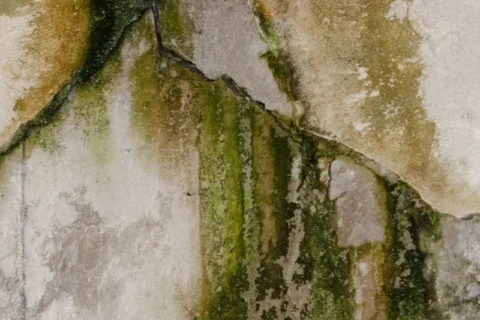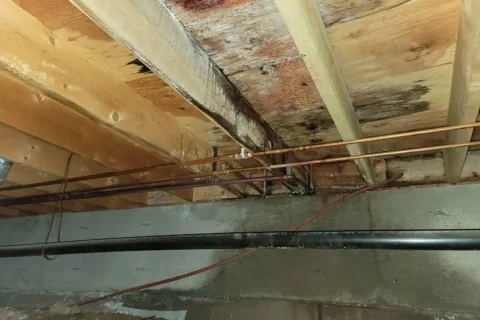This Winter May Bring Foundation Cracks | Milwaukee, WI
For many of us, winter has already firmly established itself for the season. It’s freezing outside, and the wind, snow and ice are right around the corner. That means ground water in your soil is going to be freezing and expanding, increasing the need for foundation repair milwaukee this winter season.. This can spell trouble for many of you, especially those with older foundations.
To add to the potential problem, for those of you who have some form of sump pump in your basement or crawl space, you may have noticed something: your sump pump is still pumping out water. Interestingly enough, only water in the upper sections of the soil surrounding your foundation freezes. The soil closer to your basement floor retains some heat, allowing water to flow. This means that while the upper layers of soil are freezing and expanding against your foundation, any cracks created by this pressure may still be able to leak into your home. Not good.
Frost Heave
This added pressure against your foundation in the winter months is a phenomenon known as frost heave. As stated above, frost heave occurs when the upper sections of soil freeze and expand. This can have huge ramifications for the long term health of your foundation walls. For the skeptics out there, frost heave can cause freezing water in the soil to expand by as much as 9%!
This kind of stress can cause both hairline and larger structural cracks to form in your home. Hairline cracks are just that; very thin cracks usually running vertically or nearly vertically up your concrete foundation wall or within the mortar joints of cinder block walls. Larger structural cracks will generally be greater than 1/8″ in diameter and appear horizontally across one more foundation wall, or in the shape of a “V” across the corner joint where two foundation walls meet.
Ready to Get Started?
Contact Us Today to Schedule a No Pressure, No Obligation, Free Quote!


